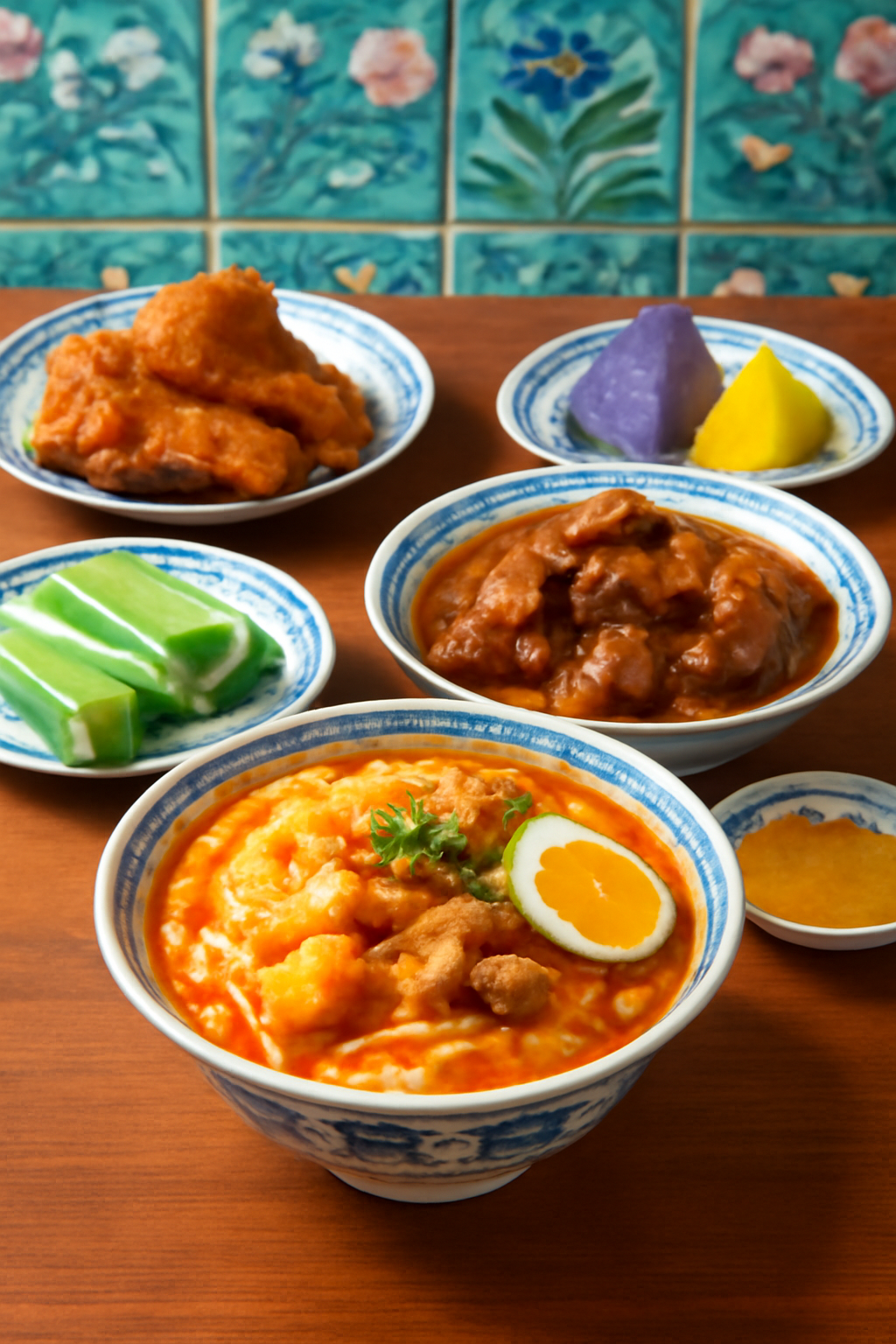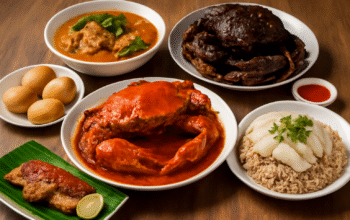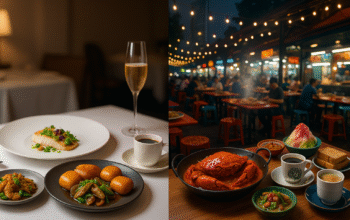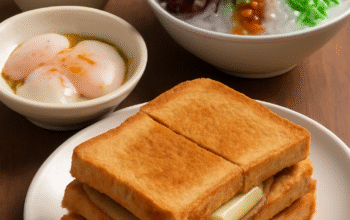The culinary heritage of Singapore is marked by a rich tapestry of influences from various cultures, and among the most intriguing and flavorful is Peranakan cuisine. Also known as Nyonya cuisine, this unique food tradition arose from the intermingling of Chinese immigrants and local Malay communities, resulting in a vibrant and aromatic fusion of flavors that continues to be cherished today. The Peranakan food of Singapore offers a window into the history and cultural dynamics of the region, showcasing the seamless blend of Malay and Chinese cooking techniques and ingredients.
Peranakan cuisine is the product of centuries of cultural exchange between the Chinese settlers, specifically the Hokkien and Cantonese communities, and the Malay population. Over time, these two groups began to intermarry, giving rise to a new community of Chinese-Malay descendants known as the Peranakans. As they developed their own distinct cultural and culinary identity, they incorporated ingredients and techniques from both traditions. The Chinese influence is seen in the use of soy sauce, rice noodles, and fermented bean pastes, while the Malay influence is reflected in the use of fresh herbs, spices, and coconut milk.
One of the defining features of Peranakan food is the way it combines multiple flavors in each dish. The food is known for its complexity, where sweet, sour, spicy, and salty elements come together in perfect harmony. Dishes such as nyonya laksa, a spicy noodle soup, exemplify this balance. The dish blends Chinese noodles with a Malay-inspired coconut milk broth, infused with lemongrass, chilies, and shrimp paste. Another popular dish is sambal stingray, where fish is grilled and served with a spicy sambal sauce made from chilies, garlic, and other aromatic ingredients, a quintessential example of the bold, spicy side of Peranakan cooking.
Peranakan cuisine is not just about savory dishes; it also boasts a variety of sweet treats, or kueh. These colorful, bite-sized desserts are made from ingredients such as coconut, pandan, and sweet potatoes. Kueh salat, a two-layered cake made of glutinous rice and pandan custard, is one such dessert that showcases the fusion of textures and flavors. Kueh durian, made from the famously fragrant durian fruit, is another well-loved delicacy.
Cooking techniques in Peranakan cuisine emphasize slow, meticulous preparation. Braising, stewing, and frying are common methods that allow the ingredients to meld together and develop deep, complex flavors. The layering of ingredients and flavors is an essential characteristic of Peranakan dishes, with each component playing a vital role in the final taste.
The popularity of Peranakan cuisine in Singapore today is a testament to its enduring appeal and cultural significance. It has become an integral part of the local food scene, with many restaurants offering both traditional and modern takes on these classic dishes. For visitors to Singapore, indulging in Peranakan food is a way to experience the island’s rich cultural heritage through the lens of food.




